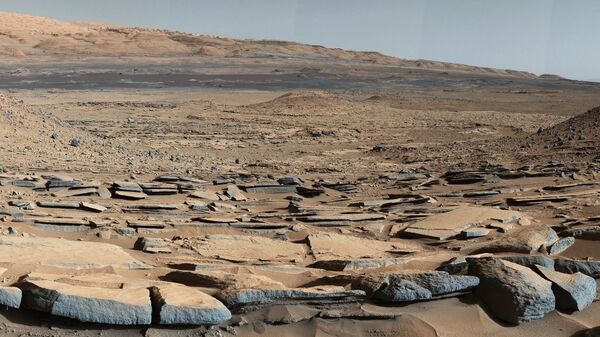Laura Lark, member of a NASA-backed research team that spent eight months cooped up in a habitat on a remote Hawaii volcano where conditions were specifically designed to replicate those on Mars, told Radio Sputnik that we aren't actually too far off establishing a real colony on the Red planet.
"It’s perfectly scientifically achievable, though the question becomes more of a cultural one. Is there Russia’s support, like there was for some of the early space missions? Taking people to Mars now, how serious are people are taking this as a world culture?" Lark explained.
She pointed out that one of the main aspects of the HI-SEAS (Hawaii Space Exploration Analog and Simulation) mission was devoted to studying how a group of people would manage to cope with each other in a sealed environment and resolve all the potential interpersonal conflicts – a problem that may pose quite a challenge to a team of would-be colonists during a lengthy spaceflight and a deployment on an alien world.
"We put in quite a bit of effort to preventing it in the first place so we would discuss things that were bothering us before they became problems. We would do activities as a group to improve our cohesion and our social dynamics as a group; keep ourselves healthy in that way," Lark said, adding that any problems that would come up were to be resolved in a way that was both "open and caring."
"I think there’s a lot more training, but actual astronauts going to Mars would have in addition to the interpersonal skill that we brought out of the mission. But I think that the research that the HI-SEAS is performing will be critical to sending people to Mars eventually," she said.
The crew of four men and two women were part of a NASA-backed experiment staged in Hawaii to try and better understand the psychological impact a long-term space mission would have on astronauts. Before their release on Sunday, September 17, they had remained in quarantine inside a dome placed on a vast plain below the summit of the Big Island's Mauna Loa.


